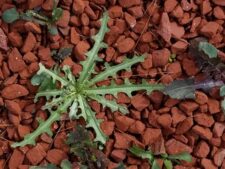Hydrangeas are known for their stunning, abundant blooms in various colours. However, proper pruning is essential to keep these shrubs producing blooms abundantly. Pruning hydrangeas can initially seem daunting, but with the right tools, techniques, and timing, you’ll master it easily. In this complete guide to pruning hydrangeas, we’ll cover everything you need to know, including when to prune hydrangeas, how to prune hydrangeas, and trimming hydrangeas. So, let’s get stuck in with our hydrangea pruning!
Why Is Pruning Hydrangeas Important?
Pruning is one of the most important gardening jobs since it helps rid plants of pests and diseases and encourages healthier blooms and fruit. And pruning hydrangeas is vital for these reasons and more. Here’s why hydrangea pruning should be top of your list of garden chores:
- Prevents hydrangeas from becoming too woody or congested
- Encourages fresh growth
- Controls flowering
- Controls the size and shape of the shrub
- Improves overall plant health
- Increases air circulation
- Enhances appearance
When To Prune Hydrangeas
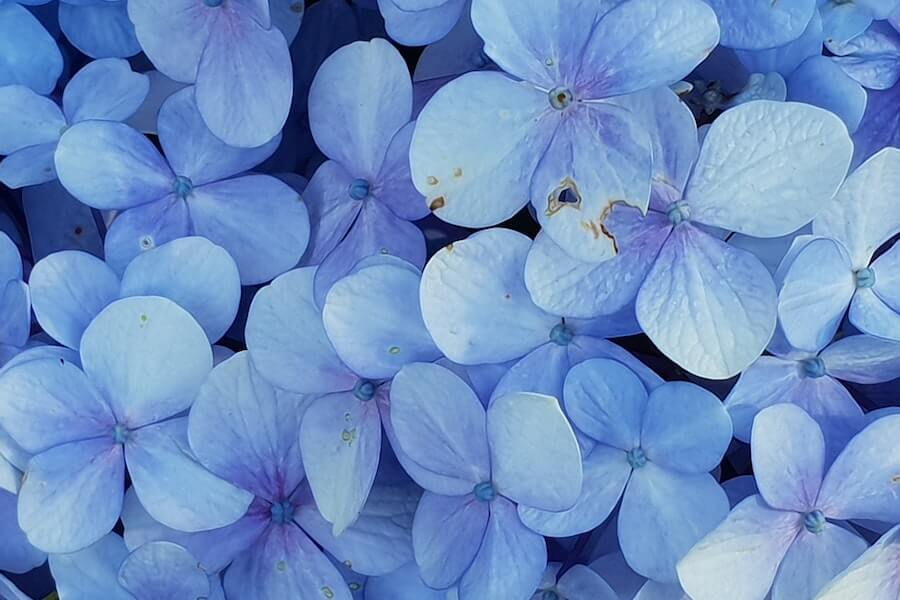
Generally, gardeners carry out most of their pruning in late winter or early spring and may advise you to do the same if you ask them, ‘When do you prune hydrangeas’. However, when to prune hydrangeas depends on the specific variety and the type of bloom they produce.
For example, you should prune hydrangeas that bloom on old wood (last season’s growth) after they finish flowering in late summer or early autumn. Old wood hydrangeas set their flower buds on the previous season’s growth, so pruning them earlier in the year could remove those buds and prevent them from blooming. This includes climbing hydrangeas.
On the other hand, you can prune hydrangeas that bloom on new wood (current season’s growth) in late winter or early spring before new growth begins. These hydrangeas set their flower buds on the new growth that will emerge in the current season.
However, not all hydrangeas require pruning; some may only need minimal pruning to remove dead or damaged growth. Always research the specific variety of hydrangea you have to determine the best time and method for pruning.
How To Prune Hydrangeas
So, now you know the importance of pruning hydrangeas, and when to go about this gardening chore, you must be dying to get started! First, however, before you get stuck in, you must ensure you have the right gardening tools – most notably pruning shears, loppers, hedge shears and gloves.
Have you got all the right equipment? Then let’s get started!
Pruning Climbing Hydrangeas

You can cut back the overlong shoots of climbing hydrangeas immediately after flowering. Fortunately, the flowers on climbing hydrangeas appear closer to the top of the plant, so you should be able to leave most of this part unpruned.
Although established climbing hydrangeas can handle hard pruning in the spring, cutting back too much all at once can diminish flowering for a few seasons. It’s best to stagger drastic pruning over several years, gradually reducing the plant’s size instead of all at once to avoid losing flowers. This way, the plant can adjust and recover while producing beautiful blooms.
Pruning Lacecap and Mophead Hydrangeas
The lace cap and mophead are two distinct flower types of the bigleaf hydrangea, and their names refer to the arrangements of the flowers. Pruning hydrangeas of these varieties is quite easy and requires you to cut out only a couple of the oldest stems at the shrub’s base. This will encourage replacement growth and allow the plant to bloom more freely.
You can remove all the stems at the base to rejuvenate the plant as a whole. However, this means that new blooms will not appear until the following summer.
Dead Heading Hydrangeas
Mophead and lace cap hydrangeas are prone to dead blooms, although mopheads are less hardy than lace caps. In mild climates, we’d recommend leaving dead blooms on mopheads on the plant over winter to protect the delicate growth buds from frost. Then, remove them in early spring by cutting back the stem to the first healthy buds below. However, if you wish, you can remove the dead blooms from mopheads just after flowering.
Lacecaps, on the other hand, are hardier. So, after flowering, you can trim the faded flower heads off to the second pair of leaves below the head.
Pruning Other Hydrangeas
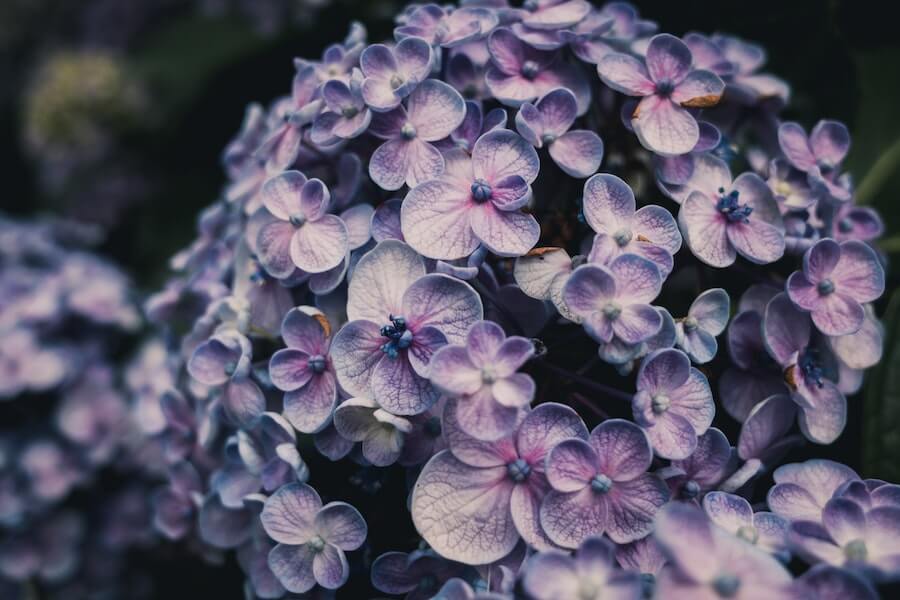
Some hydrangeas require different methods of pruning. For example, Hydrangea Paniculata and Hydrangea Arborescens will flower more prolifically if you prune them back to the branches annually. Each spring, you should cut back last year’s stems until you reveal healthy buds and maintain a permanent framework.
However, most other hydrangea species will only need minimal pruning during spring. You should aim to remove dead and overly-long stems during this process.
Trimming Hydrangeas
Pruning hydrangeas is undoubtedly an important job, but have you considered trimming them too? It’s easy to confuse trimming with pruning, but they are, in fact, different things. Here’s all you need to know about trimming hydrangeas!
What’s The Difference Between Trimming and Pruning Hydrangeas?
Pruning refers to cutting back a plant’s stems to promote new growth and improve the overall health and appearance of the plant.
Trimming, on the other hand, refers to removing dead or damaged growth and shaping the plant for aesthetic reasons. Trimming hydrangeas can help improve their appearance and encourage more compact growth, but it typically does not involve significant pruning of the plant’s stems.
When To Trim Hydrangeas
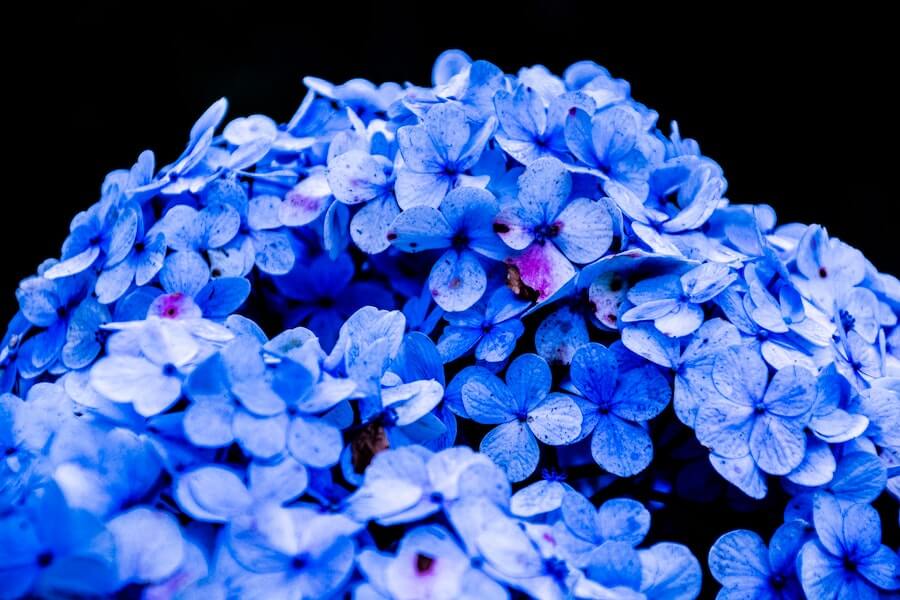
You should trim hydrangeas as soon as flowering stops in summer. However, avoid trimming in spring, autumn or winter, as this can harm the blossoming new buds beneath.
How To Trim Hydrangeas
The act of trimming is rather similar to pruning hydrangeas, but the goal is different. With that in mind, here’s how to trim hydrangeas in a few steps:
- Determine the right time to trim – You can trim hydrangeas after they have finished flowering. It’s best to do this in late summer or early autumn before the plant goes dormant for the winter.
- Shape the plant for aesthetic purposes – If you want to shape your hydrangea for aesthetic purposes, identify the plant areas that need shaping. For example, trim back certain branches to encourage more branching or create a more symmetrical shape. Use sharp pruning shears or hedge trimmers to shape the plant carefully as desired.
- Identify the stems to trim – Look for the stems that have finished flowering and are starting to turn brown. Trim these stems back to just above the first set of healthy leaves. This will encourage the plant to focus its energy on producing new growth and blooms.
- Use clean and sharp tools – Use clean and sharp pruning shears or hedge trimmers to make clean cuts. This will minimise damage to the plant and reduce the risk of disease.
- Remove any dead or damaged wood – Inspect the plant for dead or damaged wood while trimming. If you find any, remove it by cutting it back to healthy wood.
- Dispose of the trimmings – Once you have finished, collect the trimmings and dispose of them properly. Do not leave them on the ground around the plant, which attracts pests and disease.
- Water and fertilise – After trimming, water the plant thoroughly and fertilise it with a balanced, slow-release fertiliser. This will help promote new growth and prepare the plant for the winter months.
Other Hydrangea Maintenance Jobs
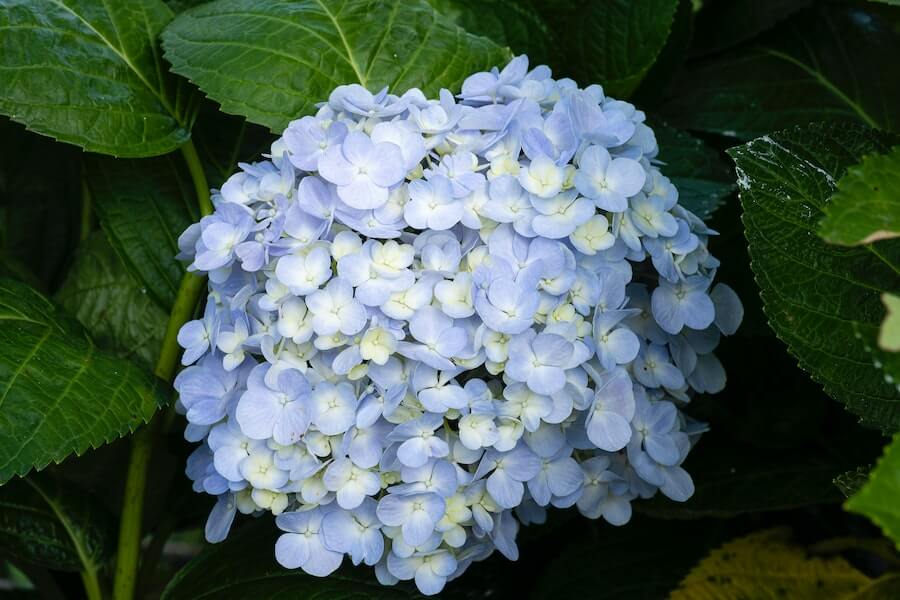
Although we’ve talked about trimming and pruning hydrangeas for an entire article, they are fairly low-maintenance shrubs. Besides regular plant maintenance, they don’t require much to flourish. Here are the regular hydrangea maintenance jobs you should be staying on top of to ensure healthy blooms:
- Watering – Hydrangeas require regular watering to stay healthy and produce flowers. Once or twice a week should be enough to keep the soil moist but not waterlogged.
- Fertilising – Adding fertiliser to your hydrangeas promotes growth and improves their overall health. You can use a balanced, slow-release fertiliser in early spring or early summer.
- Mulching – Applying a layer of mulch around the base of your hydrangeas can help conserve moisture, regulate soil temperature, and prevent weed growth.
- Soil testing – Hydrangeas prefer slightly acidic soil, with a pH between 5.2 and 6.5. Periodically testing your soil allows you to determine if your soil pH needs adjusting and if your hydrangeas require any specific nutrients.
- Pest and disease control – Keeping an eye out for common garden pests and diseases that can affect hydrangeas, such as aphids, spider mites, and powdery mildew, can help you take prompt action to prevent and treat any issues.
- Winter protection – Depending on your climate, you may need to take steps to protect your hydrangeas during the winter months. This can include adding a layer of mulch around the base of the plant, covering it with burlap, or moving container-grown hydrangeas to a protected location.
- Staking – Some larger or heavier hydrangea varieties may benefit from staking to provide support for the branches and prevent them from drooping or breaking.
- Transplanting – If your hydrangea is outgrowing its current location or needs to be moved for other reasons, transplanting can be done in early spring or autumn.
Read More: Evergreen Plants For Containers
Pruning Hydrangeas: In Conclusion
Pruning hydrangeas may seem daunting at first, but with the knowledge and tips we’ve provided, you should be able to approach the task confidently. Remember that the key to successful hydrangea pruning is to understand the type of hydrangea you have, the timing and method of pruning, and the tools you need. Whether trimming your hydrangeas for maintenance or shaping purposes or performing a more drastic pruning to revive an overgrown plant, always keep in mind the ultimate goal: promoting healthy growth and abundant blooming. With the proper care, your hydrangeas will continue to bring beauty and joy to your garden for many years.
FAQs
Do Hydrangeas Need To Be Cut Back For Winter?
Hydrangeas don’t necessarily need to be cut back for winter, but they may benefit from some light trimming to remove any dead or damaged growth. This helps improve the plant’s appearance and overall health. However, if you have a hydrangea that blooms on old wood, it’s best to avoid cutting it back too severely in autumn or winter, as you may inadvertently remove the flower buds for the next season. Instead, wait until after it has finished flowering in the late summer or early autumn to do any significant pruning or cutting back. If you have a hydrangea that blooms on new wood, you can cut it back in late winter or early spring before new growth begins.
Can Hydrangeas Be Cut Back Hard?
It depends on the type of hydrangea and the severity of the pruning. For example, some hydrangeas, like the smooth hydrangea (Hydrangea Arborescens), can be cut back hard (to about 6-12 inches above the ground) each year and will still produce flowers the following season. However, other hydrangeas, such as the bigleaf hydrangea (Hydrangea Macrophylla), should not be pruned back too severely, or you may risk removing the flower buds for the next season.
What Is The Best Month To Prune Hydrangeas?
The best month to prune hydrangeas depends on the type of hydrangea and when it blooms. If your hydrangea blooms on old wood, it’s generally best to prune it immediately after flowering in the late summer or early autumn. If your hydrangea blooms on new wood, you can prune it in late winter or early spring before new growth begins.
When Is It Too Late To Cut Back Hydrangeas?
If your hydrangea blooms on old wood, you should avoid pruning it in the late autumn or winter because you may inadvertently remove the flower buds for the next season. However, you can prune it in the late summer or early autumn immediately after it has finished flowering. On the other hand, if your hydrangea blooms on new wood, you can prune it in late winter or early spring before new growth begins.
What Happens If You Don’t Prune Hydrangeas?
If you don’t prune your hydrangeas, they will become overgrown and less healthy over time. They may also produce fewer flowers, or the flowers may be smaller. Additionally, hydrangeas that bloom on old wood can become too large and woody, making it easier to prune by removing too many flower buds.
Resources
Downes Nursery. (n.d.). Change the Colour of Your Hydrangea Flowers. Retrieved from: https://www.downesnursery.com.au/change-colour-hydrangea-flowers/ [accessed 04/05/23]
Bailey Nurseries. (2021, March 11). What’s a Lacecap Hydrangea? What’s a Mophead? [Blog post]. Hydrangeas.com. Retrieved from: https://hydrangea.com/blogs/growing-tips/whats-a-lacecap-hydrangea-whats-a-mophead [accessed 04/05/23]
Ryan Jenkins is a professional gardener and has been working in the gardening industry for over 25 years. This has allowed Ryan to accumulate a vast wealth of gardening knowledge which he shares on the Sefton Meadows blog.




